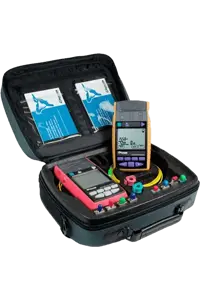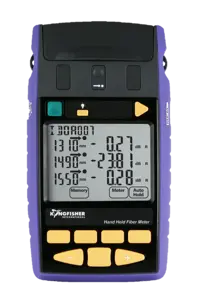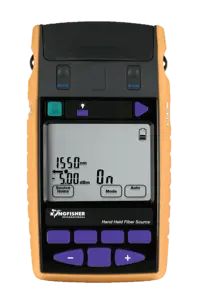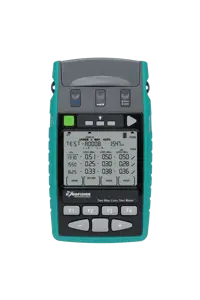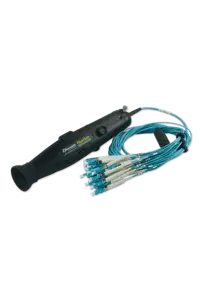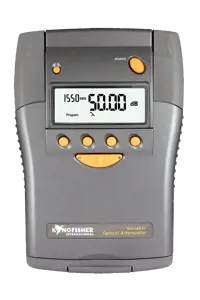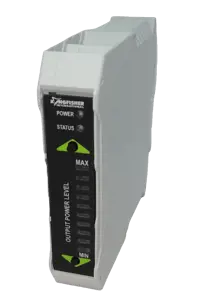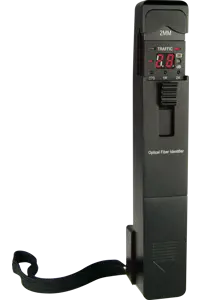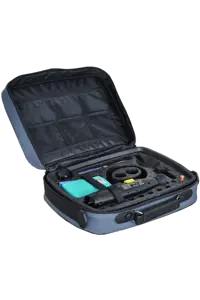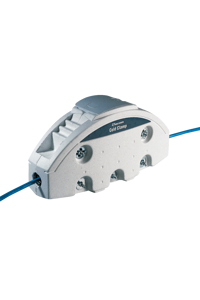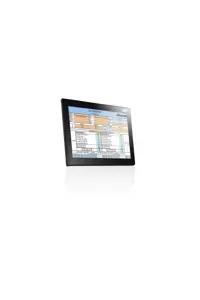Note: this application note is out of date, and is hidden but still accessible.
Introduction
This application note adresses a number of questions about Optical Talk Sets, which are commonly used during commissioning and repair work on communications systems.
- Despite the common use of mobile phones, there is still a requirement for talk sets because:
- Mobile phones are often forbidden within a telephone exchange due to the possibility of radio interference with the exchange plant.
- Mobile phones do not work in all areas, particularly rural regions. They also get congested or could be out of service.
- Mobiles and other radios may not work inside ducts, basements or underground car parks, which may be exactly where a technician needs to work.
- Not all countries have mobile phones.
- The mobile phone system may be down, or in the process of construction.
- On long distance links, the distances are often too large to use mobile radios.
Practical issues
There are a number of practical issues that should be understood:
- Compatibility with the unit at the other end is critical.
- The more critical and difficult the situation, the more important the talk set becomes. In practice, it may be the item "of last resort" before repair or commissioning attempts are delayed.
- Talk sets may be stored in different depots, used by different crews, purchased over many years, and then expected to work reliably together. Preferably all talk sets of a generic type should be inter-operable.
- The talk set should operate under adverse conditions, eg temporary field splices with high losses mis-matching fibers, reflections, clip-on probes, temperature extremes etc.
- Much like a mobile phone, a major figure of merit is talk time, eg battery life.
- Talk sets are often used by people with little training. So they must be easy for technicians to use in emergency restoration situations.
Basic principles
From these points, it becomes very clear that operational reliability is a major issue, involving many factors. Talk sets generally work on the following principles:
- Two fibers, with each one transmitting in one direction. This is the cheapest arrangement, however it is operationally very suspect, since often the fibers will get mixed up, and no communications will be possible.
- One fiber, but only one direction at a time via a " push to talk " button. This is inexpensive, but not very convenient. It seems a bit primitive to operate by modern standards, and so is unpopular with users.
- Digital communications using a "ping pong" technique. This is a cheap system to design, and allows some fairly sophisticated features. However it generally has reduced range, and can cause communication failure due to line reflections confusing the synchronisation of the two units.
- FM modulation at two frequencies. This requires either matched units, or the users must switch manually, which may not be done correctly, and will result in communications failure.
- Transmission at different wavelengths, eg 1300 & 1550. This requires either matched units, or users must switch manually, which may not be done correctly, and will result in communications failure.
- Direct analogue, with the same wavelengths. This is technically the most difficult to implement, but results in the most reliable operation, having none of the other drawbacks. It is not a cheap method, but for an intermediate cost offers greatest range, longest battery life, and best operational reliability. This is the method used in Kingfisher talks sets.
Sound quality
The difference in sound quality between digital and analogue techniques is not very significant. The reasons for this are:
- Digital units use the lowest possible bit rate to get longest possible range. This results in modest audio quality. Also, since digital units tend to be sold on price, all other components are arranged to reduce costs.
- The sound quality is often compromised anyway by the requirement to use ruggedised microphones and speakers which will survive field conditions.
- Low voltage battery operation tends to cause amplifier distortion regardless of the transmission quality.
"Handsfree" operation is achieved with many units by use of a headset. This gives limited convenience, because a technician working on fibers, is not going to find a headset very convenient due to restricted movement. Kingfisher uses another method of achieving true handsfree operation via a built-in speakerphone. This is generally much more convenient, and offers much greater freedom of movement to the operator because the operator is not attached to the Talk Set via a headphone.
One limitation of a speakerphone is that intermittent background noise will cause operational problems (the speakerphone interprets it as speech). Steady background noises (such as a fan) will be cancelled by the speakerphone circuit, however it may be required to talk louder to overcome the noise.
Common applications
The most common application is where one person ( eg in an exchange ) is giving instructions to another, who is working on a system. In some situations, it is convenient to operate over 2 repeater spans while doing this, since a repeater may not be operational. Therefore, long range is very useful.
Another situation that is less common, is restoration work. In this situation, it may be preferable to use a clip-on probe so a talk set can be clipped onto a link without accessing the end. Clip on probes are not terribly reliable, and have an insertion loss of 15 - 30 dB, depending on the colour and nature of the fiber acrylate coating. Some talk sets offer "multi party" use for this application. An analog talk set will allow 3 people to do multi party work, however we find that this feature is often specified, but rarely used in practice.


